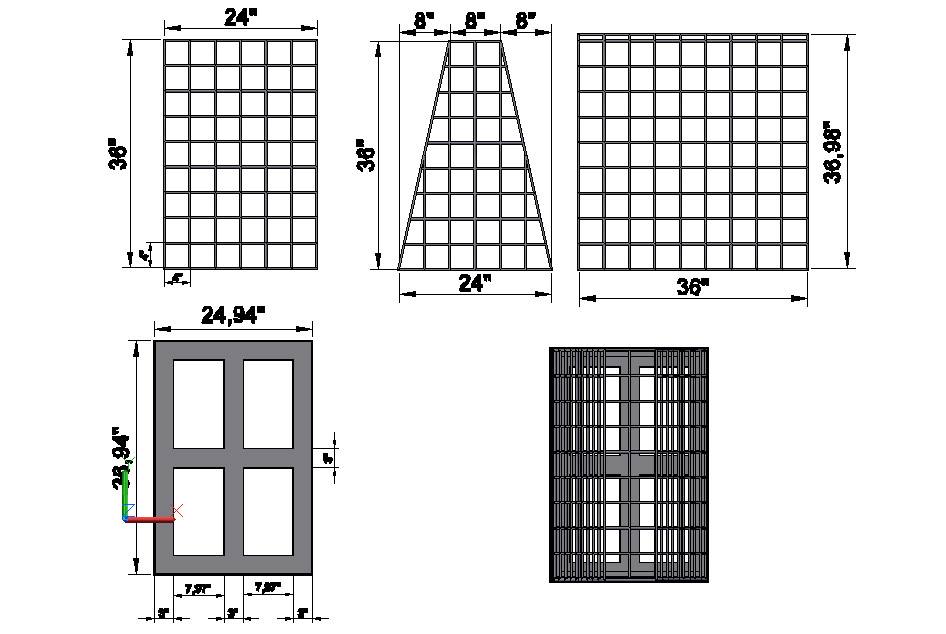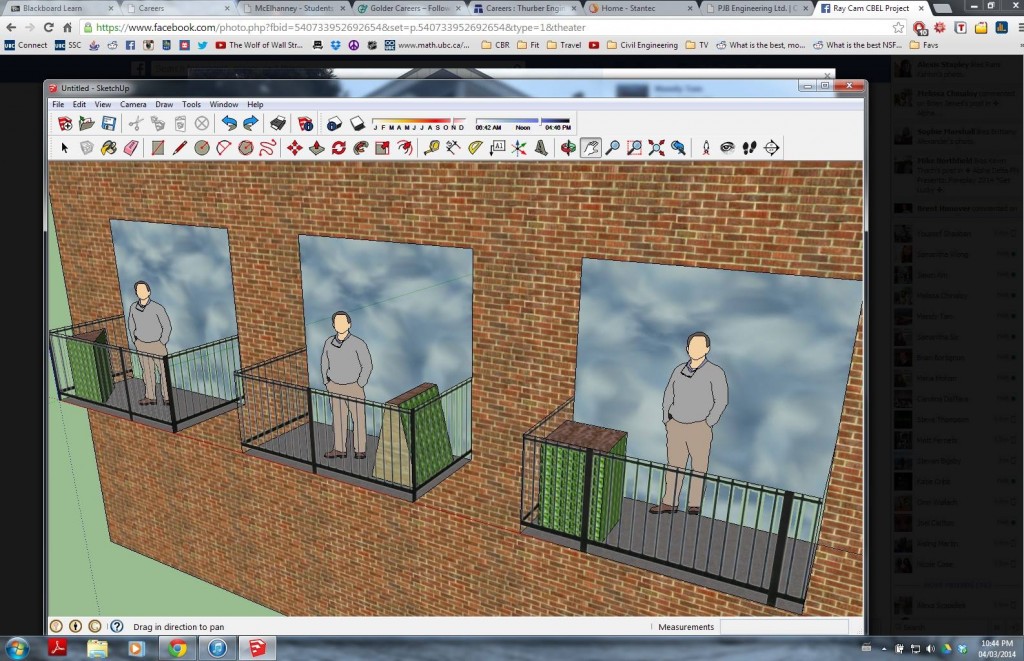Implementing the project plan that out team developed earlier in the term was perhaps the most important aspect of the entire project. It was essential that the team met all deadlines in order to be able to complete the design before the end of the term. With the project now concluding, it is necessary to now analyze the effectiveness of our project implementation plan.
The objective of our team was to develop a vertical garden design that Ray-Cam would be able to use to manufacture these gardens for families and individuals in the community. From this objective, our team developed a project implementation plan in order to be able to complete the project within the UBC academic term. The plan consisted of designing individual aspects of the garden at separate stages with consultation from Ray-Cam. By completing the design in stages, our team was able to finalize specific details of the gardens with which we could then develop the design further. Our team met weekly to discuss design ideas as well as to change any previous design aspects based on feedback we received from Ray-Cam.
The final design will be delivered to Ray-Cam later this week. Once they receive it, they will be able to manufacture the gardens and distribute them throughout the community. Based on the objectives that were outlined by our team at the beginning of the term, the outcomes of the project should be looked at as a success.
As with any design process, there have been some successes and some challenges within the team-based project dynamic. One of the best attributes our team was able to exhibit over the course of the term was our ability to work effectively as a team. We divided the work load fairly amongst one another so that no one felt overwhelmed by the project and that everyone was able to manage their individual responsibilities well. It was because of the team’s ability to work well with one another that the project was able to be completed on schedule.
Perhaps the biggest challenge our team faced during the course of the project was being able to communicate our ideas to Ray-Cam. Ray-Cam is actively involved in dozens of initiatives within their community and thus the Home Grown Wall project was not their only priority. Our team learned that we needed to give Ray-Cam much more notice to schedule meetings so that they would be able to find a time within their schedule that would allow them to meet with us. We often only asked to schedule a meeting 3 to 5 days in advance which was often not enough notice. From this experience, our team learned how to conduct ourselves when interacting with a client on a project.


